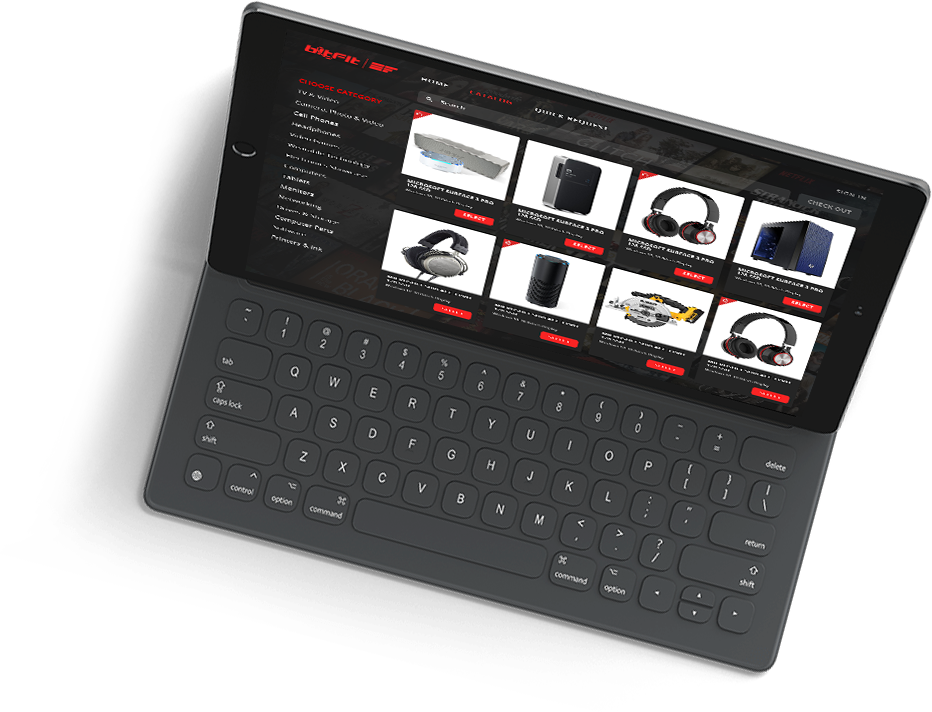
In today’s digital age, IT assets have become essential to most businesses. These assets can include hardware, such as computers and servers, as well as software programs, applications, and data. While these assets are necessary for business operations, they also come with inherent risks, such as cyber-attacks and data breaches. As a result, IT asset management software has become increasingly popular among businesses looking to improve their security posture. This article will explore how IT asset management software can help improve security and provide best practices for successful implementation.
Risks associated with IT Assets
Before we dive into the benefits of IT asset management software, it is essential to understand the risks associated with IT assets. Cyber-attacks and data breaches are the two most common risks associated with IT assets. Cyber-attacks can come in many forms, such as phishing attacks, malware, ransomware, and denial-of-service attacks. These attacks can result in stolen data, damaged systems, and financial losses. Data breaches can occur when sensitive information, such as credit card numbers, social security numbers, and personal information, is stolen or exposed. These breaches can lead to loss of customer trust and legal repercussions.
The impact of these risks on an organization can be significant. Businesses can face financial losses, damaged reputation, and legal penalties. These risks can also result in lost productivity and decreased employee morale. Therefore, businesses need to take proactive steps to mitigate these risks.
How IT Asset Management software can improve security
IT asset management software can improve security by providing a centralized view of all IT assets. This software can help businesses automate software and hardware tracking, ensure regular updates and patches, identify vulnerabilities, and streamline compliance with regulations and policies.
Centralized view of all IT assets
IT asset management software provides a centralized view of all IT assets, which allows businesses to monitor and manage all IT assets from a single location. This feature provides a comprehensive view of all assets and can help businesses identify any potential security gaps or vulnerabilities. A centralized view of all assets also helps businesses track the location of assets, which can help prevent loss or theft.
Automated tracking of software and hardware
IT asset management software can automate software and hardware tracking, providing businesses with up-to-date information on the status of all assets. This automation can help businesses identify outdated or vulnerable software and hardware, which can be a significant security risk. IT asset management software can also help businesses track software licenses, ensuring compliance with regulations and reducing the risk of legal penalties.
Regular updates and patches
One of the most critical steps in improving security is ensuring regular updates and patches. IT asset management software can automate updating software and hardware, reducing the risk of outdated software and hardware becoming vulnerable to cyber-attacks. In addition, this automation can save businesses time and resources by eliminating the need for manual updates.
Identification of vulnerabilities
IT asset management software can help businesses identify vulnerabilities in their IT assets. This feature can be especially helpful in identifying potential security risks before they become a problem. IT asset management software can scan the network for vulnerabilities and provide businesses with a prioritized list of vulnerabilities to address.
Streamlined compliance with regulations and policies
Compliance with regulations and policies is essential in maintaining security. IT asset management software can help businesses streamline compliance by providing automated tracking of software licenses, ensuring compliance with regulations, and reducing the risk of legal penalties. This software can also help businesses enforce security policies, such as password policies, ensuring that employees adhere to the policies.
Examples of IT Asset Management software
Many IT asset management software solutions are available on the market today. Some popular solutions include Microsoft System Center Configuration Manager (SCCM), SolarWinds Orion, Lansweeper, and bitFit. These solutions vary in features and benefits; businesses should carefully evaluate each option before selecting one.
Microsoft System Center Configuration Manager (SCCM) is a comprehensive IT asset management solution that provides businesses with a centralized view of all assets, automated software and hardware tracking, regular updates and patches, vulnerability identification, and streamlined compliance with regulations and policies. SCCM also offers features like mobile device management and remote management capabilities.
SolarWinds Orion is another popular IT asset management solution that provides businesses with a centralized view of all assets, automated tracking of software and hardware, regular updates and patches, and vulnerability identification. SolarWinds Orion also offers additional features like network monitoring and reporting capabilities.
Lansweeper is a comprehensive IT asset management solution that provides businesses with a centralized view of all assets, automated tracking of software and hardware, regular updates and patches, vulnerability identification, and streamlined compliance with regulations and policies. Lansweeper also offers additional features such as remote management capabilities and reporting capabilities.
BitFit Asset Management software is a comprehensive tool that can help businesses manage their IT assets, monitor usage and health, and maintain accurate lifecycle records. With this software, businesses can effortlessly track asset information, such as purchase date, warranty status, and repair history, which can help businesses plan for upgrades and replacements as needed. Additionally, BitFit Asset Management software can help businesses maintain compliance with regulations and policies related to IT asset management.
Challenges in implementing IT Asset Management software
While IT asset management software can significantly benefit businesses, there are also challenges associated with implementing it. One of the most significant challenges is resistance to change. Some employees may resist using new software, and businesses may need to provide additional training and support to help employees transition to the new software.
Another challenge is cost and resource allocation. IT asset management software can be expensive, and businesses must ensure they have the resources to implement and maintain it. Businesses should carefully evaluate the costs associated with the software, including licensing fees and ongoing maintenance costs.
Integration with existing systems can also be a challenge. IT asset management software must be integrated with existing systems to ensure all assets are tracked and monitored correctly. In addition, businesses may need to invest in additional software or hardware to ensure that the IT asset management software can be integrated properly.
Best practices for successful implementation
To ensure a successful implementation of IT asset management software, businesses should follow some best practices, including choosing the right software, building a solid business case, involving all stakeholders, and providing training and support.
Choosing the right software is essential in ensuring a successful implementation. Businesses should carefully evaluate each option and select a software solution that meets their needs and requirements. When selecting a software solution, businesses should also consider cost, ease of use, and support options.
Building a solid business case is also crucial in ensuring a successful implementation. Businesses should identify the benefits of the software and provide a clear justification for the investment. This can help ensure buy-in from senior management and other stakeholders.
Involving all stakeholders is crucial in ensuring a successful implementation. Therefore, businesses should involve all relevant stakeholders, including IT staff, employees, and management, in the selection and implementation of the software. This can help ensure everyone is on board and invested in the project’s success.
Training and support are essential in ensuring employees can use the new software effectively. Businesses should provide training and support to ensure employees are comfortable with the new software and can use it to its full potential. Ongoing support and training can also ensure the software is used consistently and effectively over time.
Conclusion
IT asset management software can play a critical role in improving business security. By providing a centralized view of all assets, automated tracking of software and hardware, regular updates and patches, vulnerability identification, and streamlined compliance with regulations and policies, IT asset management software can help businesses mitigate the risks associated with IT assets. First, however, businesses should carefully evaluate each software solution and follow best practices to ensure a successful implementation. By doing so, businesses can improve their security posture and protect themselves against cyber-attacks and data breaches.

